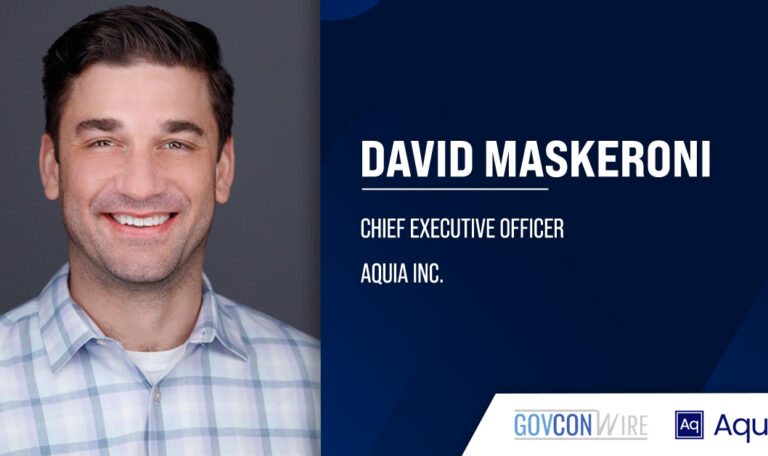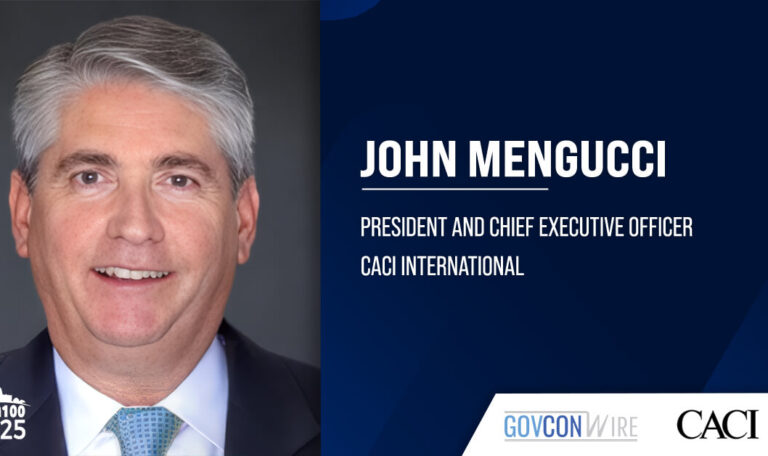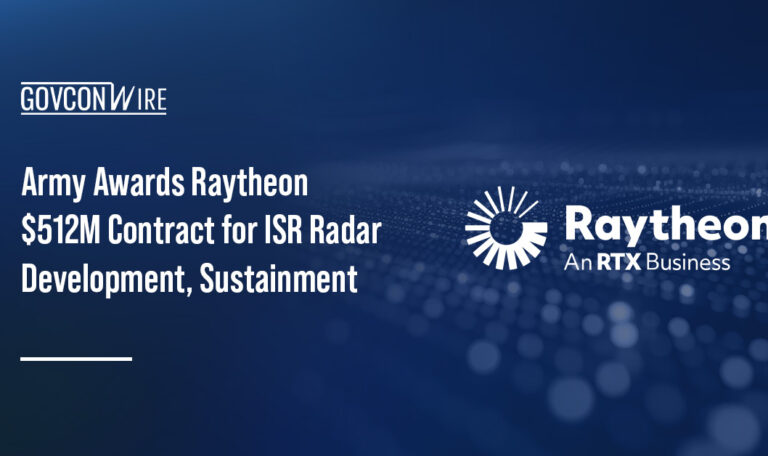Given its role as the organization responsible for helping the U.S. Department of Defense bring in and implement commercial technologies, the Defense Innovation Unit was among the first DOD entities to take up the fast follower strategy.
The fast follower approach holds that government and research organizations should, rather than focus on their own output, take the lead of commercial industry when products and technologies are being developed at a more efficient clip in the private sector.
Mike Madsen, acting director of the Defense Innovation Unit and prior Wash100 Award winner, said Thursday at the Potomac Officers Club’s Defense Research and Development Summit that he is “thrilled” the fast follower approach was included in the DOD’s 2022 National Defense Strategy.
He shared that 11 of the 14 critical technology areas issued by fellow Wash100 award recipient Heidi Shyu, defense undersecretary for research and engineering, in early 2022 are “undergoing a greater rate of change in the commercial sector.”
Madsen also noted the complex interplay between the government and Silicon Valley, explaining that, with regard to smartphones, “most of that technology was developed or sponsored or funded directly by the government.”
“Overhead imagery, GPS, touchscreen—all came out of government investment decades ago…The commercial sector is developing this technology at scaled volumes, so we need to make sure we are leveraging that,” Madsen said in his morning keynote speech.
The former U.S. Air Force pilot, analyst and strategist imparted a series of three recommended changes the DOD needs to make in its process of commercial technology adoption, and with them, suggestions for how it might most effectively go about the fast follower approach.
Madsen said firstly, the DOD should reconceptualize the currently “time-consuming” requirements process, which employs complex specifications and is rendered unnecessary by commercial technologies. To do so, he instructs that organizational homes be assigned for each incoming technology so that they are able to be consistently assessed and procured with “frequent refreshes.” Key to this step, he also said, is validating needs instead of developing requirements.
Second, he thinks it best for the department to reshape the acquisition and sustainment procedures for tanks, planes and ships and make it wholly dependent on the Federal Acquisition Regulation. Through FAR, officials can call upon “best practices” like other transaction authorities, commercial solutions openings and authorization to operate, as well as buying as-a-service products.
Finally, Madsen asserted budgeting that exceeds a two-year development period and doesn’t permit for flexibility needs to be done away with in order to accelerate commercial technology adoption. This, he attests, will allow the DOD to “flexibly adapt to emerging threats.”
“Bringing it back down to the punchline, we really need to be more articulate and clearly state what it is that DOD wants to buy from the commercial sector,” Madsen said on behalf of the DIU.
Concluding his remarks, Madsen told the audience of largely private sector company leaders “we want to work with all of you,” stressing that “modernization of the department is going to take all players, whether it’s non-traditional companies, the systems integrators and traditional defense industrial base.”















